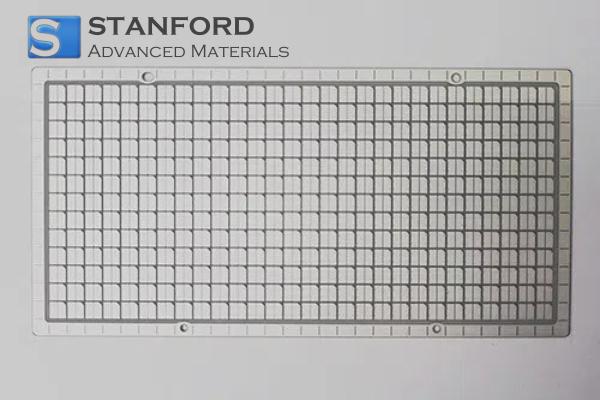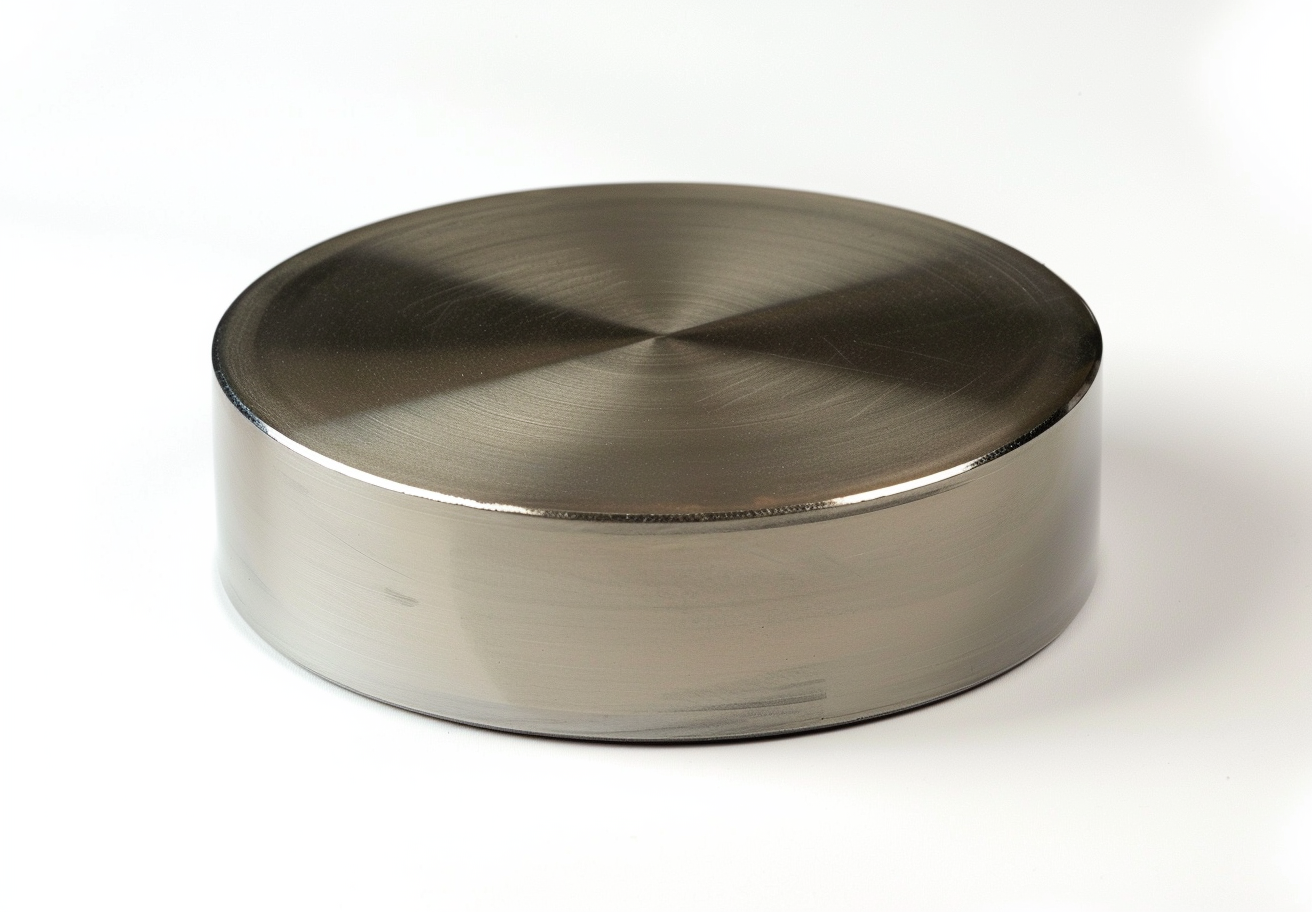Stress In Material Science
Introduction
In material science, stress refers to the force applied to a material per unit area. It is a critical concept used to understand how materials respond to external forces, and it plays a crucial role in determining a material's ability to withstand different types of loading conditions without failure. Stress is a key factor in designing materials and structures to ensure their strength, durability, and performance under different conditions.

Definition of Stress
Stress is mathematically defined as the force F applied to an object divided by the cross-sectional area A over which the force is applied:
Stress(σ)=F/A
Where:
- F is the applied force (in Newtons, N)
- A is the cross-sectional area (in square metres, m²)
- σ is the stress, measured in Pascals (Pa) or Newtons per square metre (N/m²).
There are two main types of stress in material science: normal stress and shear stress.
1. Normal Stress: Occurs when the force is applied perpendicular to the surface, either in tension or compression.
- Tensile Stress: When a material is pulled apart (e.g., stretching a wire).
- Compressive Stress: When a material is compressed (e.g., squeezing a column).
2. Shear Stress: Occurs when a force is applied parallel to the surface, causing layers of the material to slide relative to each other. For example, cutting a piece of metal with a shear force.
Types of Stress in Materials
Tensile Stress:
Tensile stress occurs when a material experiences a pulling force, causing it to elongate or stretch. For example, when a rubber band is stretched, it undergoes tensile stress.
Compressive Stress:
Compressive stress arises when a material is subjected to a compressive force, resulting in its shortening or compression. A good example is a pillar that supports the weight of a building, experiencing compressive stress.
Shear Stress:
Shear stress is the result of two opposing forces applied parallel to the surface, causing the material to deform through sliding. An example of this is the action of scissors cutting through paper.
Bending Stress:
Bending stress is a combination of both tensile and compressive stresses that occur when a material is bent. A typical example is a beam supporting a load at its centre, which experiences bending stress.
Factors Affecting Stress
Several factors can influence the stress experienced by a material, including:
· Material Properties: The strength, ductility, and elasticity of a material affect how it responds to stress. For instance, metals tend to be more ductile under tensile stress, while ceramics may fail more easily.
· Temperature: High temperatures may cause materials to become weaker, reducing their ability to withstand stress before deforming or breaking.
· Loading Conditions: The rate and duration of applied loads can impact the material's response to stress. For instance, a material might fail under a high-stress load applied quickly, but withstand the same stress if applied slowly over time.
Stress-Strain Relationship
Stress and strain are directly related through a material's modulus of elasticity. The stress-strain curve describes how a material deforms under various levels of stress. The key regions of the stress-strain curve are:
1. Elastic Region: In this region, the material returns to its original shape once the stress is removed. The relationship between stress and strain is linear.
2. Plastic Region: Once the material has reached its yield point, it undergoes permanent deformation.
3. Fracture Point: Beyond the ultimate tensile stress, materials eventually break or fracture.
Applications of Stress in Material Science
· Structural Engineering: Understanding stress is essential in designing buildings, bridges, and other structures to ensure they can withstand forces such as weight, wind, and earthquakes without failure.
· Manufacturing: In processes like casting, forging, and welding, engineers must consider stress to prevent material deformation or failure during production.
· Material Selection: Different materials have varying capacities to resist stress. For example, materials such as steel are used in construction due to their ability to withstand high tensile and compressive stresses.
· Fatigue and Failure Analysis: Repeated stress cycles can cause materials to weaken and fail over time. Understanding stress helps in predicting material fatigue and preventing failures in components such as aircraft wings and engine parts.
· For more information, please check Stanford Advanced Materials (SAM).
Frequently Asked Questions
What is the difference between tensile stress and compressive stress?
Tensile stress occurs when a material is pulled or stretched, leading to elongation. Compressive stress occurs when a material is pushed or compressed, leading to shortening or squashing.
How does temperature affect stress in materials?
Higher temperatures generally weaken materials, reducing their strength and ability to withstand stress. Some materials may become more ductile and deform easily, while others may become brittle and fail more quickly.
What is the yield point in the stress-strain curve?
The yield point is the stress level at which a material begins to deform plastically and cannot return to its original shape once the stress is removed. Beyond this point, permanent deformation occurs.
Why is understanding stress important in structural engineering?
Engineers must understand stress to ensure that buildings, bridges, and other structures can withstand external forces such as weight, wind, and seismic activity without collapsing or experiencing failure.
What is fatigue in materials, and how is it related to stress?
Fatigue refers to the weakening of a material due to repeated or cyclic stress over time. Even stress levels lower than the material's ultimate strength can cause failure if applied continuously or in cycles.

 Bars
Bars
 Beads & Spheres
Beads & Spheres
 Bolts & Nuts
Bolts & Nuts
 Crucibles
Crucibles
 Discs
Discs
 Fibers & Fabrics
Fibers & Fabrics
 Films
Films
 Flake
Flake
 Foams
Foams
 Foil
Foil
 Granules
Granules
 Honeycombs
Honeycombs
 Ink
Ink
 Laminate
Laminate
 Lumps
Lumps
 Meshes
Meshes
 Metallised Film
Metallised Film
 Plate
Plate
 Powders
Powders
 Rod
Rod
 Sheets
Sheets
 Single Crystals
Single Crystals
 Sputtering Target
Sputtering Target
 Tubes
Tubes
 Washer
Washer
 Wires
Wires
 Converters & Calculators
Converters & Calculators
 Write for Us
Write for Us





 Chin Trento
Chin Trento



